Wondering if you can plug a smart plug into a power strip as it could be a safer choice?
Automating your extension cord with a smart plug could be the best-ever solution to automate and control your electric appliances. Pluging your multiple gadgets with just one power outlet might not be just enough.
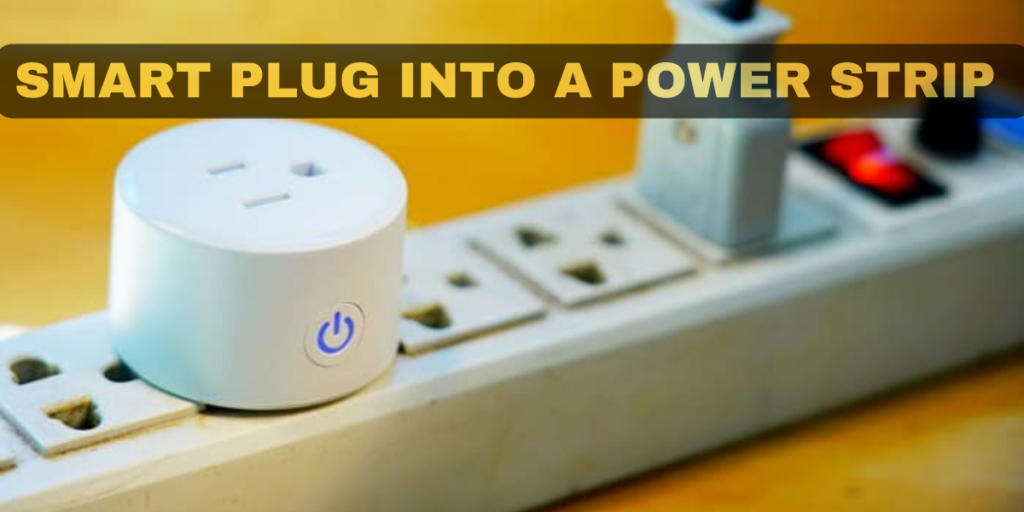
There are numerous benefits of using smart plugs but still, to be cautious you need to consider electrical faults or fire mishaps due to excess wattage, etc.
In this article, we have covered all the possible queries about plugging a smart plug into a power strip or extension cord including the recommended watt range for using a surge protector.
- Plugging Smart Plug into a Power Strip
- Can You Plug A Power Strip Into A Smart Plug
- How much Power can a Smart Plug Support?
- Can I Plug A Smart Plug Into A Surge Protector?
- Why Would You Plug Smart Plug Into a Power Strip?
- Smart Plug Strip Alternatives
- Final Thoughts about Using Smart Plug into a Power Strip
- Frequently Asked Questions
Plugging Smart Plug into a Power Strip
Generally, smart plugs are safe enough to be plugged into a power strip as long as you do not plug in any electrical gadget that requires higher wattage to run. Using such electrical devices can cause certain safety hazards.
Never use a smart plug if its user manual doesn’t specifies that it is safe to be used with an extension cord as we do not recommend it. However, if you end up using a smart plug into a power strip be aware enough to detach it as soon as you smell or sense any hazard.
Checking the wattage before plugging a smart plug into a power strip will help you determine whether it is safe to use it with certain devices or not. You need to maintain a safety protocol of not exceeding wattage out of safe limits for both the smart plug and power strip.
For example, an air conditioner might take 1100 watts to run and therefore should be plugged in with an extension cord
Can You Plug A Power Strip Into A Smart Plug
Yes, you certainly can use a power strip as it lets you plug multiple devices simultaneously. If you switch off the smart plug it will shut off the power strip as well.
Here smart plug serves as the smart device that can turn off all outlets at the same time. Using a power strip might be a waste of your time and effort to configure it into your smart plug as the smart plug shuts off all outlets at once.
How much Power can a Smart Plug Support?
Most of the smart plugs can support a maximum of 15 amps, which is equal to 1800 watts. While using a smart plug with an extension cord then make sure the total wattage doesn’t exceed maximum wattage limits.
You can probably find the ampere range supported by your device’s box or in the instruction manual. However, rarely you can see a “1000W max” on the smart plug manufacturers app. Also, you can search in the OI Trusty Google for your smart plug’s brand.
Search the wattage requirement for the power strip and extension cord too. There is a section on the device manufacturer’s official website with detailed wattage requirements for their product.
Can I Plug A Smart Plug Into A Surge Protector?
Smart plugs are smarter and safer to use and operate with electric devices. There are many smart plugs tested to run at up to 1800 watts. This amount of wattage is above the maximum range for plugging a smart plug into a power strip.
Consumers looking to buy smart plugs and adapters must know about the wattage limits of their electrical devices to safely plug them in with a power source such as a power strip or extension cord. If you maintain a safe wattage flow then a power strip or extension cord can be used together safely.
Surge protectors are not integrated with smart plugs, therefore consumers ask if they can plug in a surge protector with a smart plug and then plug the electric device into it for safety’s sake.
Yes, you certainly can double up the safety with a surge protector. Still, you have to maintain recommended wattage limits.
Recommended Maximum Wattage for Smart Plugs and Surge Protector
Here we have listed the max wattage range for some of the best-selling smart plugs and surge protectors available online:
- TP-Link Kasa Smart Wi-Fi Plug Lite comes with a max of 10 amps which runs at 120V leading to 1200 watts.
- Other TP-Link Kasa smart plugs have a max of 15 amperes running at 1800 watts.
- The surge protector strip from ECHOGEAR has a max 13A equal to 1500 watts.
To ensure you don’t overload your smart plugs and protectors choose the least wattage devices. For instance, a 1500w protector can only run at a power of 1200W if used with a Kasa Plug lite. Whereas if used with other smart plugs with a max power of 15A or 1800W, your usage will be limited to 13A or 1500W even with ECHOGEAR Protector.
This solution can be bulky also as smart plugs and surge protectors are already bulky. There are probabilities that using them together might block nearby power outlets.
Exceeding the Wattage Limit
In case the wattage limit of your plugged-in devices exceeds the max watt range of your power source that could be an extension cord or power strip. Exceeding the wattage limit can result in any electrical fault occurrence or overheating of your devices and power outlet as well.
All of this can damage your smart plug and extension cord if you don’t detect it immediately after plugging in your electrical devices. There is also a possibility that you might not notice any overheating immediately after exceeding the wattage limit. However, after a while, it can result in significant damage to your smart plug or power strip after continuous use and neglect.
If your breaker trips more frequently then it can also be a sign of exceeding the max wattage range. Mostly, smart plugs are installed with safety mechanisms that are shut off as soon as it detects any fault or fluctuation in electrical flow. It means any of your power outlets can be turned off automatically if any safety hazard is detected such as exceeding wattage limits.
Why Would You Plug Smart Plug Into a Power Strip?
Smart plugs are great smart IOT devices to control your electrical devices remotely and turn them off or on whenever you want to easily. Using smart plugs comes in handy than wiring a smart outlet system into your home and is convenient for consumers seeking for setting up a home automation systems like Alexa or Google Assistant.
By plugging a smart plug into a power strip, you can also get a rough estimation of how much electricity is consumed by all of your electric appliances daily.
Below are the most common causes of why consumers use smart plug into a power strip or extension cord.
- To measure the amount of electric energy consumed by electrical devices plugged into your power strip. It can be useful to have only one functional smart plug.
- One can operate (switch on or off) multiple electric devices at the same time.
- From bedroom lamps to lounge fans, you can control multiple devices remotely without reaching out to any outlet.
- Most people find it helpful to deal with the lighting decor of every festive like Christmas or Halloween to switch on or off LED lighting.
Beware of Vampire load as it can increase your electricity bill for no reason at all. It happens when you connect your smart plug to any ordinary power strip. It might sound like a petty issue but depending on the amount of wattage going to waste could end up as a hefty electric bill.
Smart Plug Strip Alternatives
You can prevent Vampire load by using a power strip as it will automatically shut off the electric supply in such cases. Smart plug power strips can be an excellent choice to add to your home automation. However, smart plugs are way more expensive than regular power strips and extension cords but in the long run, it will save you money.
Comparatively, a smart strip comes with lots of advantages too. It lets you control every outlet as you can switch it on or off whenever you want to. You can control each of your smart outlets separately on the smart strip app.
Final Thoughts about Using Smart Plug into a Power Strip
Smart plugs are way safer when used with a smart power strip instead of connecting with a regular power strip or extension cord.
Remember, the rule of thumb prior to using any electrical device is never to exceed the recommended power wattage. As doing so can overheat or damage power outlets and home appliances as well. There will be zero electrical faults if you follow the basic rule and use common sense.

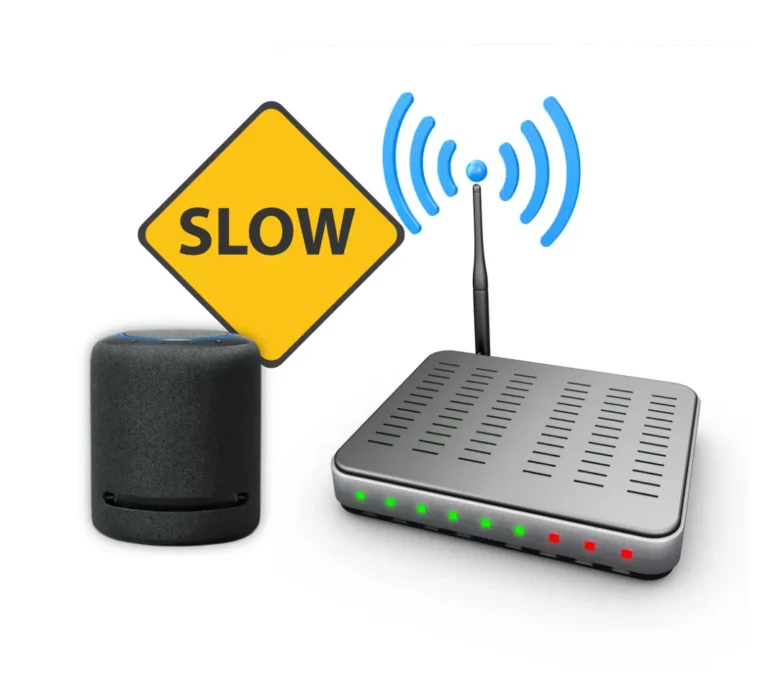
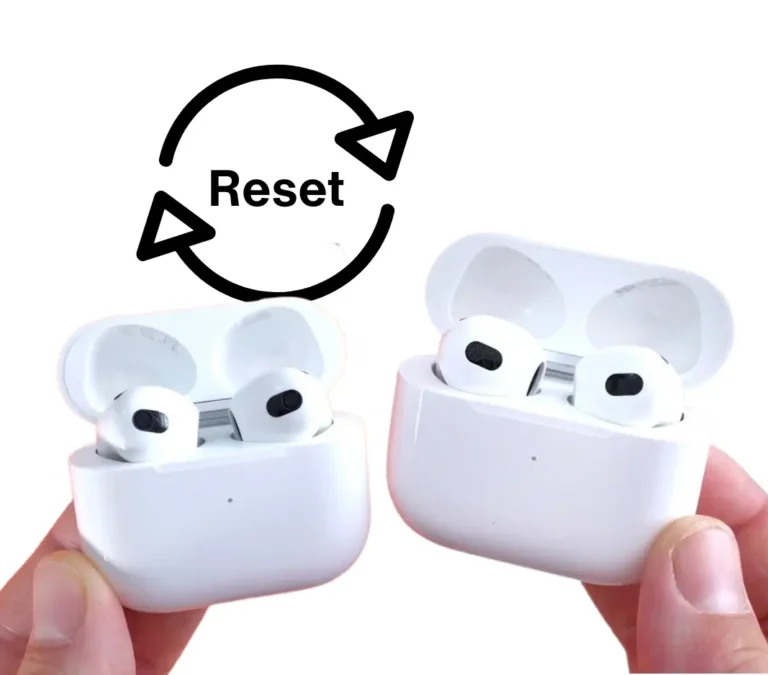
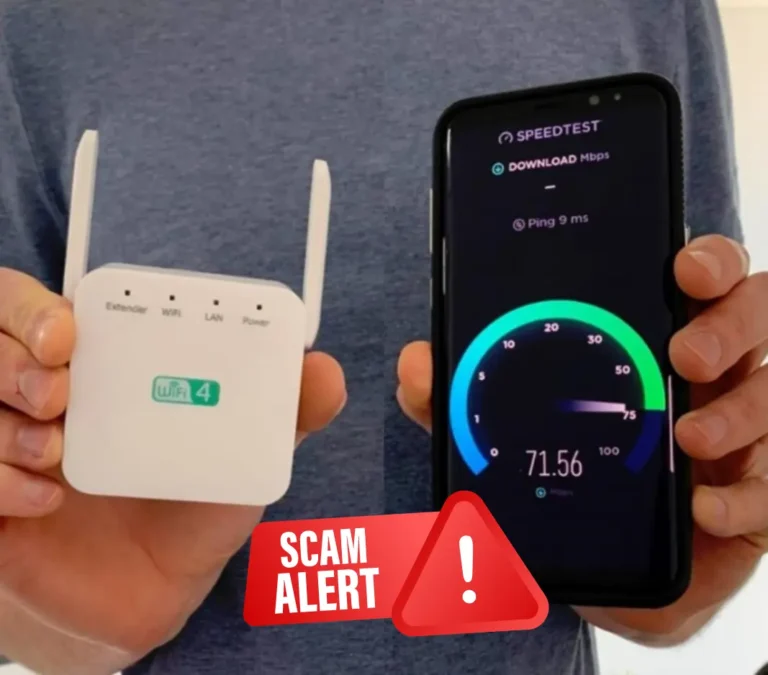
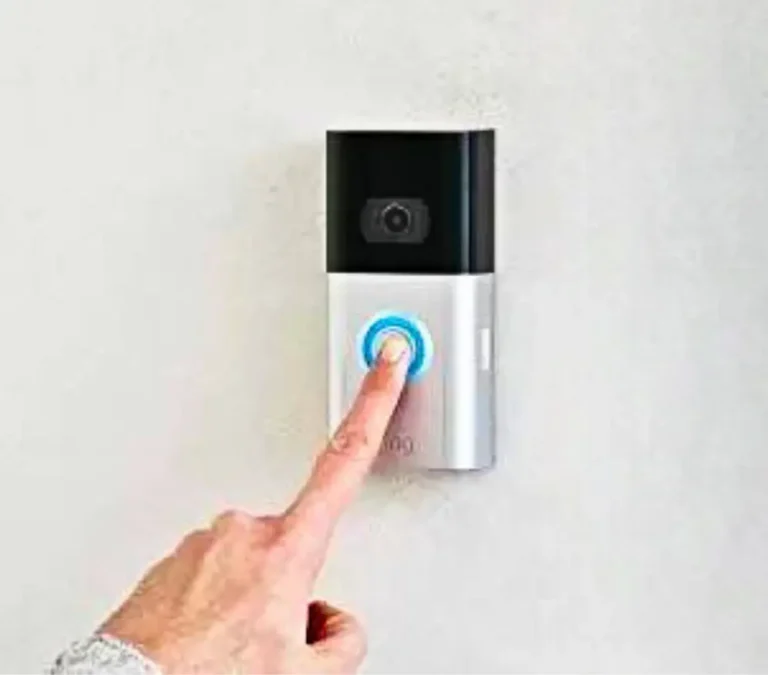


3 Comments